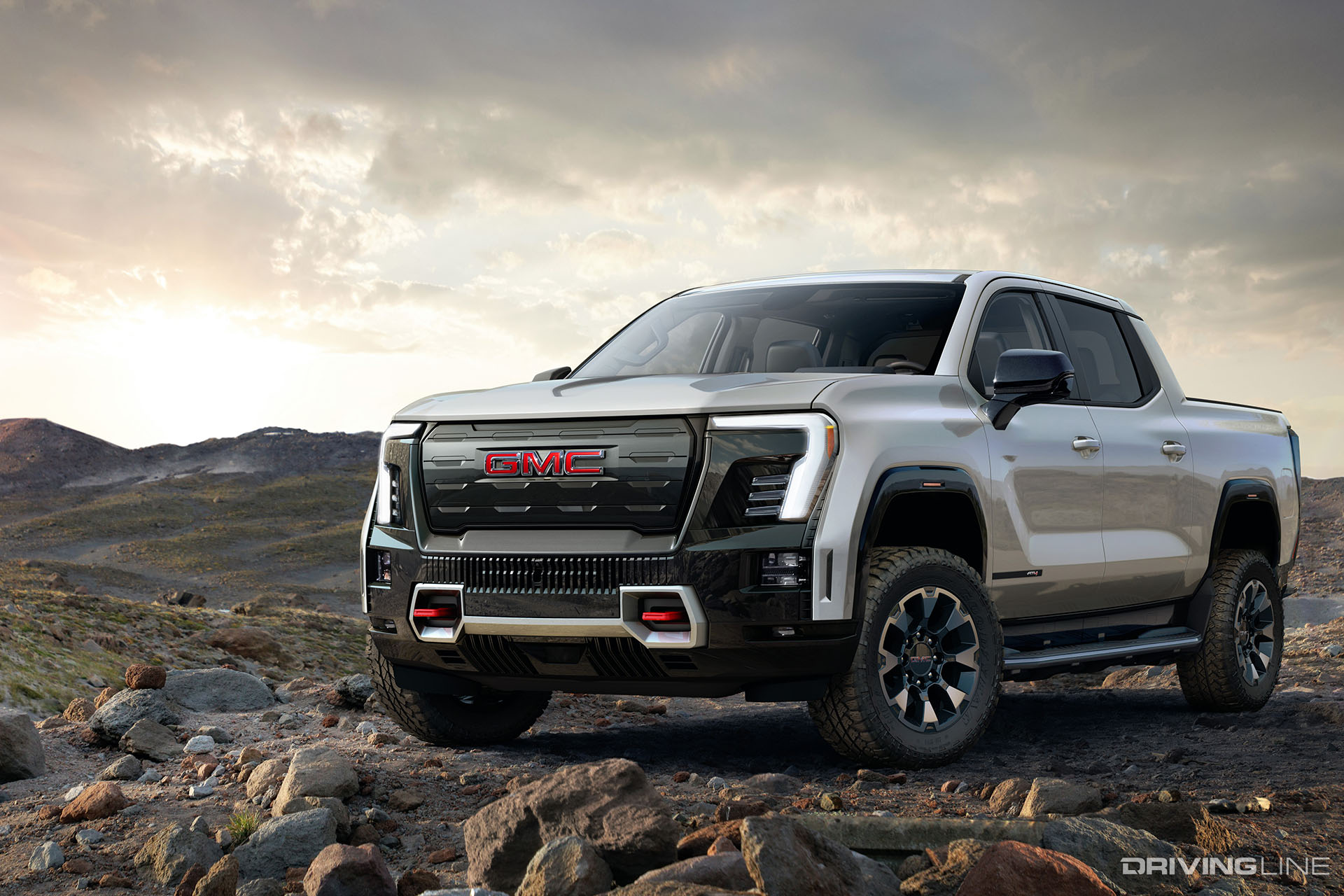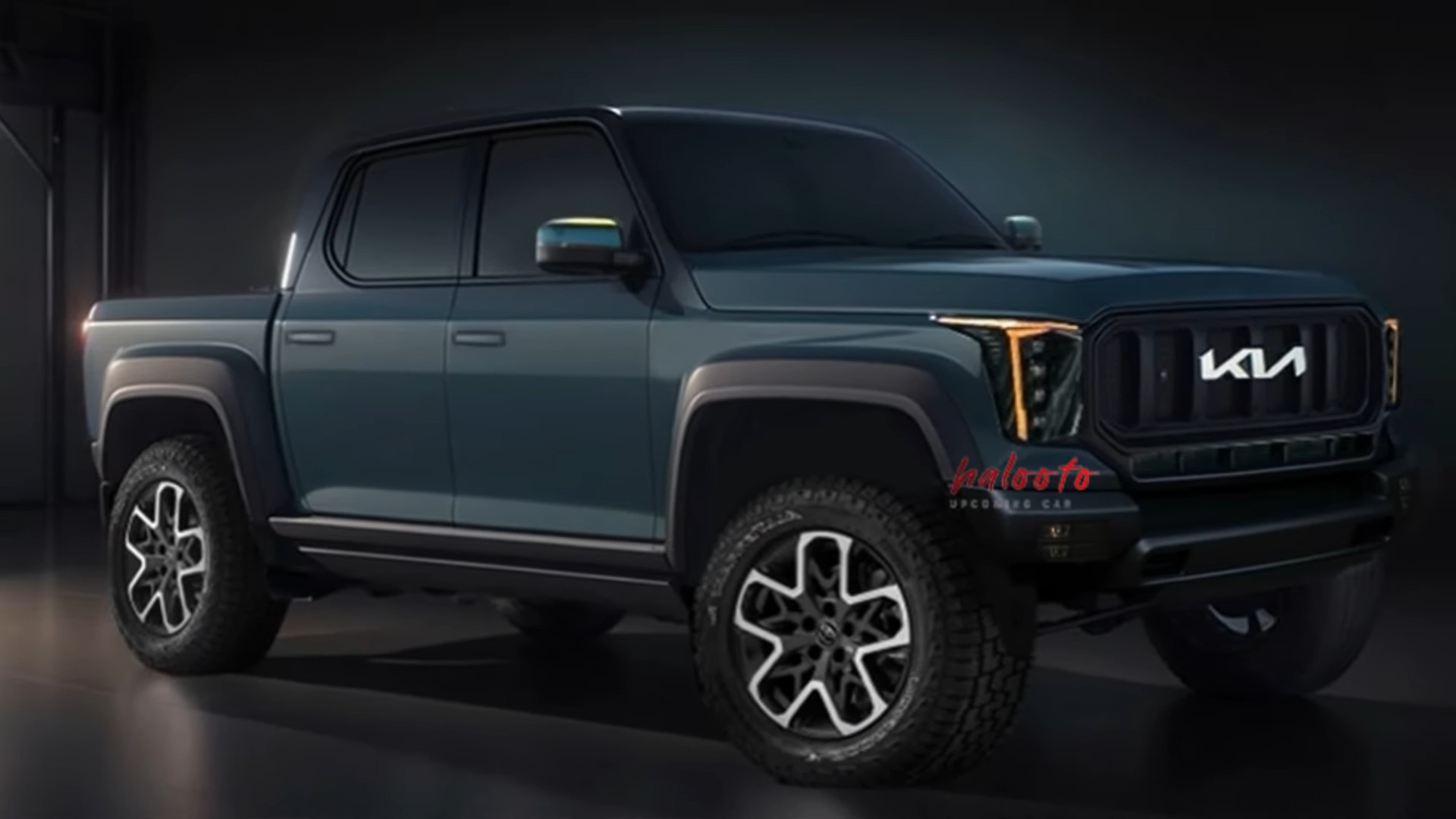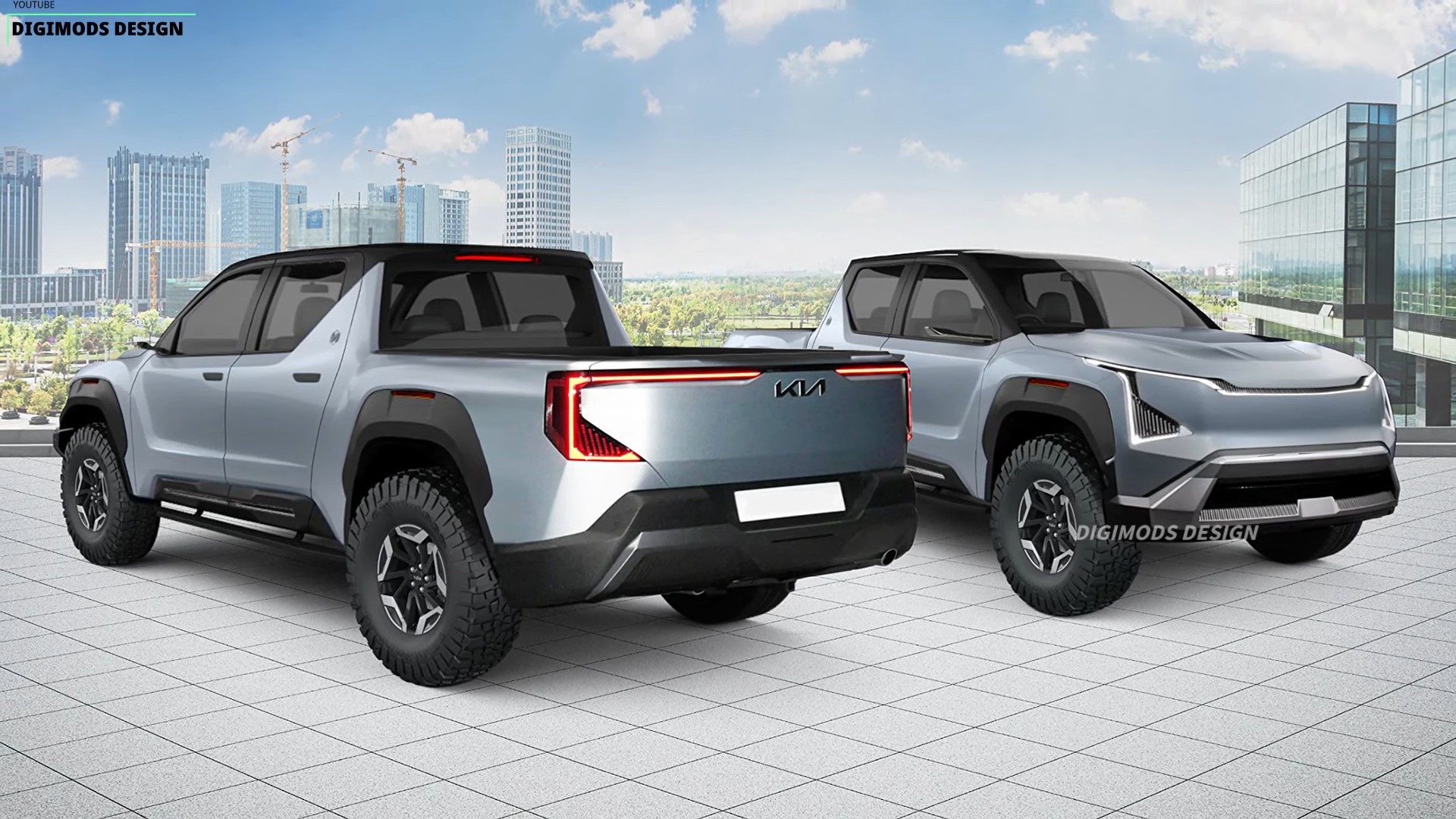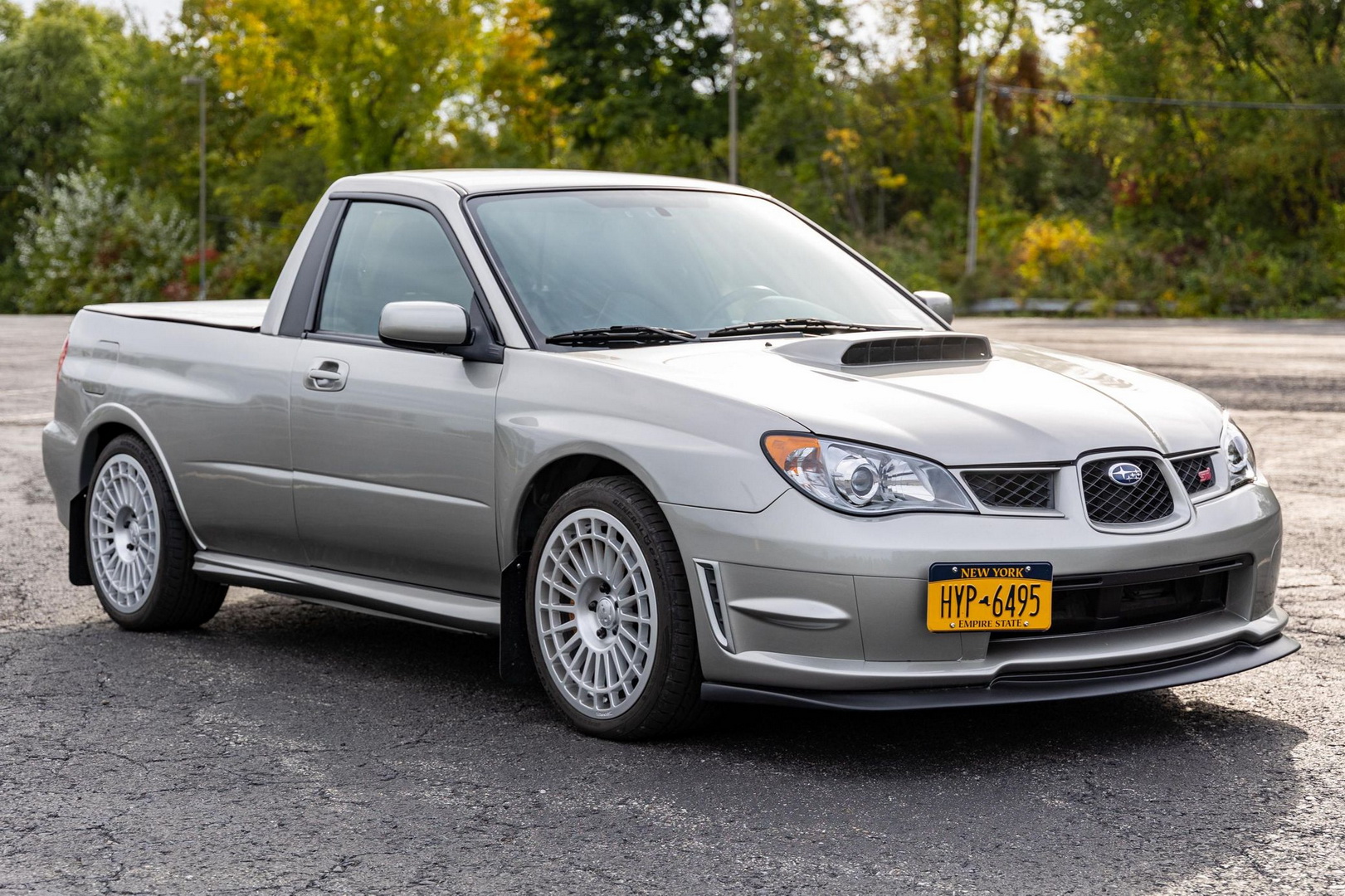Pickup Trucks Under $3000: Your Ultimate Guide to Affordable Utility pickup.truckstrend.com
In an era where vehicle prices seem to constantly climb, the idea of finding a reliable pickup truck for under $3000 might sound like a pipe dream. However, for the savvy buyer, the DIY enthusiast, the small business owner on a shoestring budget, or anyone simply seeking a practical workhorse without breaking the bank, this seemingly impossible goal is very much within reach. Pickup trucks under $3000 represent a unique segment of the used vehicle market – a realm where patience, mechanical aptitude (or a trusted mechanic), and realistic expectations are your most valuable assets. These aren’t showroom-fresh models, but rather seasoned veterans with plenty of life left for hauling, towing, and tackling tasks that a sedan simply can’t. This comprehensive guide will navigate you through the landscape of budget-friendly pickups, helping you understand what to look for, where to find it, and how to make a smart, informed purchase.
Why Choose a Pickup Truck Under $3000?
Pickup Trucks Under $3000: Your Ultimate Guide to Affordable Utility
The appeal of a budget-friendly pickup truck extends far beyond just its price tag. For many, it’s a gateway to utility, independence, and even a rewarding mechanical journey.
- Unbeatable Cost-Effectiveness: This is the most obvious benefit. For less than the down payment on a new truck, you can acquire a fully functional vehicle. This frees up capital for other investments, business needs, or simply keeps more money in your pocket.
- Practical Utility: Need to haul lumber for a home renovation? Move furniture for a friend? Transport yard waste? A pickup truck excels at these tasks. Even an older, basic model offers far more versatility than most passenger cars.
- Project Potential & Learning Mechanics: Many trucks in this price range will have quirks or require some attention. For those inclined to learn, this presents an excellent opportunity to gain hands-on experience with vehicle maintenance and repair. Parts for older, common models are often inexpensive and widely available.
- Ideal Secondary Vehicle: For families who already own a primary car, a cheap truck can serve as an invaluable second vehicle for specific tasks, saving wear and tear on the main ride.
- Simplicity and Durability: Older trucks often boast simpler mechanical designs compared to modern vehicles. Fewer complex electronics mean fewer expensive components to fail. Many were built with robust, long-lasting powertrains designed for hard work.

Setting Realistic Expectations: What $3000 Buys You
It’s crucial to approach this market with a clear understanding of what your budget will afford. A $3000 truck will not be perfect, and expecting it to be will lead to disappointment.
- High Mileage is Standard: Most trucks under $3000 will have well over 150,000 miles, and often closer to 200,000 or even 250,000+. Don’t let high mileage alone scare you off; a well-maintained engine with 200k miles can be more reliable than a neglected one with 100k.
- Cosmetic Imperfections: Expect dings, dents, scratches, faded paint, and potentially some rust. The interior might show wear and tear, with rips in seats, cracked dashboards, or missing trim pieces. Functionality should always take precedence over aesthetics.
- Older Model Years: You’ll primarily be looking at trucks from the late 1990s through the early to mid-2000s. These models typically lack modern amenities like touchscreens, advanced safety features, or even power windows in some base trims.
- Potential for Minor Issues: Be prepared for things like a finicky A/C, a slightly leaky power steering pump, a worn suspension component, or an exhaust rattle. These are often manageable and can be addressed over time.
- Focus on the Fundamentals: Your priority should be a solid frame (minimal rust), a healthy engine (no major knocks or smoke), a smooth-shifting transmission, and reliable brakes. Everything else is secondary or a potential project.

Top Contenders: Best Pickup Trucks Under $3000 (Models to Look For)

While condition is king, certain models have a reputation for durability and parts availability, making them excellent candidates for the budget buyer.
- Ford Ranger (1993-2005): A perennial favorite. These compact trucks are known for their simple design, robust 4-cylinder and V6 engines (the 4.0L V6 is particularly durable), and excellent parts availability. Watch for frame rust, especially in northern climates, and check for spark plug issues on some V6 models.
- Chevrolet S10 / GMC Sonoma (1994-2004): GM’s compact offerings are also solid choices. The 4.3L V6 engine is a workhorse, shared with many other GM vehicles, ensuring parts are plentiful. Common issues include intake manifold gasket leaks and fuel pump failures. Rust on cab corners and rocker panels is common.
- Toyota Tacoma (1st Generation, 1995-2000): While harder to find under $3000 due to their legendary reliability, older 2WD Tacoma models, especially with the 2.4L 4-cylinder engine, can sometimes pop up. The biggest concern here is frame rust – it was a widespread issue, so inspect thoroughly. If the frame is solid, these trucks can run forever.
- Nissan Frontier (1st Generation, 1998-2004) / Hardbody (D21): Nissan’s compact trucks offer good value. The 2.4L 4-cylinder and 3.3L V6 engines are generally reliable. Like others, check for rust, and be aware of potential timing chain/belt service needs depending on the engine.
- Dodge Dakota (1997-2004): This mid-size truck offers a bit more capability than the compacts. Available with 4-cylinder, V6, and V8 engines. The 3.9L V6 and 5.2L/5.9L V8s are generally robust. Automatic transmissions can be a weak point on some models, and rust can affect body panels and frames.
- Full-Size Trucks (Older Ford F-150, Chevy Silverado/GMC Sierra, Dodge Ram 1500): Finding a full-size truck under $3000 usually means looking at models from the 1990s or early 2000s, often with high mileage and some cosmetic wear. The Ford F-150 (9th/10th Gen, 1992-2003) and GM GMT400/GMT800 platforms (1988-2002) are common. Look for trucks with the simpler V8 engines (like Ford’s 4.6L/5.4L or GM’s 5.3L/5.7L) as they are often more durable than earlier problematic engines. These trucks offer maximum utility for the price, but can also have more complex issues due to their size and age.
The Hunt: Where and How to Find Your $3000 Pickup
Finding a gem in this price range requires patience, diligence, and a multi-pronged approach.
- Online Marketplaces:
- Craigslist & Facebook Marketplace: These are your primary hunting grounds. Filter by price, model, and year. Set up alerts for new listings. Be prepared for a mix of good and bad listings, and scams.
- OfferUp/LetGo (now combined): Similar to Craigslist, often with more visual listings.
- eBay Motors: Less common for trucks under $3000, but worth checking, especially for local pickups.
- Local Avenues:
- Small Used Car Lots: Often have older, high-mileage vehicles. Be wary of "as-is" sales and always get an independent inspection.
- Public Auctions: Can yield incredible deals, but require extensive knowledge of cars and a high-risk tolerance, as you usually can’t test drive or get an inspection.
- Word-of-Mouth & Local Ads: Tell friends, family, and co-workers you’re looking. Check local newspaper classifieds, community bulletin boards, and even signs on roadsides.
- Tips for Searching:
- Expand Your Search Radius: A few extra miles can open up many more options.
- Be Prepared to Act Quickly: Good deals don’t last long. Have your funds ready.
- Ask Lots of Questions: Before driving to see a truck, ask about maintenance history, known issues, rust, title status, and why they’re selling.
- Beware of Red Flags: Vague descriptions, no interior/engine pictures, a seller pressuring you, a "freshly painted" truck (can hide rust), or a title that isn’t clean are all warning signs.
The Essential Pre-Purchase Checklist and Inspection
This is arguably the most critical step. Never buy a truck in this price range without a thorough inspection.
- Exterior Check:
- Rust: Frame is paramount. Check all rails, crossmembers, and suspension mounting points. Look for significant flaking, holes, or welds that look suspicious. Also check cab corners, rocker panels, wheel wells, and bed.
- Tires: Condition, tread depth, even wear. Uneven wear can indicate alignment or suspension issues.
- Body Panels: Dents, dings, signs of major accidents (uneven panel gaps, mismatched paint).
- Lights & Glass: All lights working? Windshield free of major cracks?
- Interior Check:
- Dash Lights: Any warning lights on (Check Engine, ABS, Airbag, etc.)?
- HVAC: Does the heat and A/C work?
- Electronics: Power windows, locks, radio, wipers, turn signals.
- Seats & Belts: Condition of upholstery, seat adjustments, seat belt function.
- Under the Hood:
- Fluid Levels & Condition: Engine oil (color, consistency), coolant (color, any oil mixed in), brake fluid, power steering fluid, transmission fluid (dipstick, color, smell – burnt is bad).
- Leaks: Look for drips or residue on the engine, transmission, and ground.
- Belts & Hoses: Cracks, fraying, bulges.
- Battery: Corrosion on terminals.
- Listen to the Engine: Start cold. Listen for knocking, ticking, excessive smoke from exhaust (blue = oil, white = coolant, black = rich fuel).
- Underneath the Truck: (Requires getting under it safely with a flashlight)
- Frame: Re-emphasize frame integrity.
- Suspension: Shocks/struts (leaks, rust), springs (broken), bushings (cracked).
- Exhaust: Major rust, holes.
- Driveshaft/U-Joints: Play in U-joints.
- Differential: Leaks.
- Test Drive:
- Start-up: Easy start, no strange noises.
- Acceleration: Smooth, adequate power, no hesitation.
- Transmission: Shifts smoothly, no slipping, no hard thuds. Test all gears.
- Brakes: Stop smoothly, no pulling, no grinding or squealing.
- Steering: No excessive play, pulls straight.
- Noises: Listen for clunks, squeaks, grinding, whining, or humming.
- Drive at various speeds: City and highway if possible.
- Documentation:
- Must be clean (not salvage, rebuilt, or flood-damaged) and in the seller’s name. Match VIN.
- Service Records: A stack of maintenance records is a huge plus.
- VIN Check: Consider a low-cost CarFax or AutoCheck report if the truck seems promising.
Crucial Advice: If you’re not mechanically inclined, pay a trusted mechanic to perform a pre-purchase inspection (PPI). This $100-$200 investment can save you thousands in hidden repairs. They can spot issues you might miss.
Owning and Maintaining Your Budget Pickup
Congratulations, you’ve found your sub-$3000 truck! Now, it’s time to give it the care it deserves to ensure it serves you well.
- Immediate Post-Purchase Maintenance:
- All Fluids: Change engine oil and filter, transmission fluid, differential fluid (if applicable), power steering fluid, brake fluid, and coolant. This gives you a fresh baseline.
- Filters: Replace air filter and fuel filter.
- Spark Plugs/Wires: If unknown, replace them for optimal performance and fuel economy.
- Belts & Hoses: Inspect and replace any worn belts (serpentine, timing) or hoses.
- Tires: Ensure proper inflation and consider balancing/alignment if needed.
- Common DIY Fixes & Upgrades:
- Rust Treatment: Address surface rust early with wire brushing, rust converter, and paint. For frame rust, consult a professional if it’s severe.
- Brakes: Brake jobs (pads, rotors, calipers) are relatively straightforward and inexpensive for older trucks.
- Suspension Components: Shocks/struts, sway bar links, and some bushings can be replaced by a DIYer.
- Basic Electrical: Fuses, bulbs, minor wiring issues.
- Fluid Leaks: Many minor leaks can be fixed with new gaskets or seals.
- Importance of Regular Maintenance: Adhere to a strict maintenance schedule. Check fluid levels frequently, especially oil and coolant. Lubricate chassis components if they have grease fittings. A little preventative care goes a long way in extending the life of an older vehicle.
- Parts Availability: For the common models listed, parts are readily available at auto parts stores, online, and even junkyards for non-critical components. Aftermarket parts are also abundant and often cheaper.
Potential Challenges and Solutions
Even with the best planning, owning an older, budget truck comes with potential hurdles.
- Challenge: Hidden Major Mechanical Issues:
- Solution: A thorough pre-purchase inspection by a reputable mechanic is your best defense. Also, set aside a repair budget (e.g., $500-$1000) for immediate or unforeseen issues.
- Challenge: Persistent Rust:
- Solution: Address rust proactively. Use rust converters and undercoating. For structural rust, professional welding might be necessary, which can quickly exceed the truck’s value. Sometimes, if frame rust is severe, it’s a reason to walk away.
- Challenge: High Running Costs (Fuel, Insurance):
- Solution: Older trucks, especially V8 full-sizes, aren’t fuel-efficient. Factor fuel costs into your budget. Insurance rates for older, less valuable vehicles are often lower, but always get quotes before buying.
- Challenge: Finding Specific Parts for Obscure Models/Years:
- Solution: Stick to common models. If you find a rare gem, research parts availability beforehand. Online forums, specialized suppliers, and junkyards become your friends.
- Challenge: Constant Small Repairs:
- Solution: This is the nature of an older vehicle. Embrace it as a learning experience. Develop basic mechanical skills, invest in a decent tool set, and use online resources (YouTube, forums) to guide your repairs. Know when to call a professional.
Price Guide: Common Pickup Trucks Under $3000
Disclaimer: Prices are highly variable based on condition, mileage, region, and specific trim. This table provides estimates for vehicles likely found in the sub-$3000 range.
| Model | Common Years (Under $3k) | Typical Mileage (for $3k) | Common Issues | Avg. Basic Repair Cost (DIY/Shop) |
|---|---|---|---|---|
| Ford Ranger | 1993-2005 | 150,000-250,000+ | Frame/bed rust, spark plugs (4.0L), auto trans | $200-$800 |
| Chevy S10/GMC Sonoma | 1994-2004 | 150,000-250,000+ | Fuel pump, intake manifold gasket, rust | $250-$900 |
| Toyota Tacoma (1st Gen) | 1995-2000 | 180,000-300,000+ | Frame rust (critical!), lower ball joints | $300-$1200 (if rust minimal) |
| Nissan Frontier (1st Gen) | 1998-2004 | 160,000-260,000+ | Timing belt/chain, rust | $250-$1000 |
| Dodge Dakota | 1997-2004 | 140,000-240,000+ | Automatic transmission, rust, electrical | $300-$1000 |
| Ford F-150 (9th/10th) | 1992-2003 | 180,000-300,000+ | Spark plugs, exhaust manifold, rust, trans | $300-$1200 |
| Chevy Silverado/Sierra (GMT400/800) | 1988-2002 | 180,000-300,000+ | Rust (cab corners/rockers), fuel pump, ABS | $300-$1200 |
Frequently Asked Questions (FAQ)
Q: Is it even possible to find a reliable truck under $3000?
A: Yes, absolutely. It requires patience, thorough inspection, and realistic expectations, but many reliable workhorses exist in this price range.
Q: What’s the biggest risk when buying a cheap truck?
A: The biggest risk is hidden major mechanical issues with the engine or transmission that could cost more to fix than the truck is worth. This is why a pre-purchase inspection is vital.
Q: Should I get a pre-purchase inspection (PPI)?
A: Non-negotiable. Always, always get a PPI from a trusted, independent mechanic. It’s the best money you’ll spend.
Q: What mileage is too high for a truck under $3000?
A: There’s no magic number. Condition and maintenance history are far more important than mileage alone. A well-maintained truck with 250,000 miles can be more reliable than a neglected one with 150,000.
Q: How much should I budget for immediate repairs after buying?
A: It’s wise to set aside at least $500 to $1000 on top of the purchase price for immediate maintenance (fluids, filters, tune-up) and any minor issues identified during inspection.
Q: Are 4×4 trucks available at this price?
A: Less commonly, and they are often in worse shape or demand a higher price. 4×4 systems add complexity and more components that can fail, increasing potential repair costs. Focus on 2WD if maximum reliability and lowest cost are priorities.
Q: Can I finance a truck this cheap?
A: Unlikely from traditional banks or dealerships. Vehicles under $5,000 often aren’t eligible for conventional loans due to their age and value. You’ll likely need to pay cash or secure a personal loan.
Q: Will a truck this old pass emissions/inspection?
A: This depends entirely on your local regulations. Research your state’s requirements. Many older trucks have simpler emissions systems, but still need to be in good running order.
Conclusion
Embarking on the quest for a pickup truck under $3000 is an adventure that promises significant rewards for the prepared buyer. While the market demands diligence, patience, and a pragmatic approach, the utility, cost-effectiveness, and sheer satisfaction of owning a capable workhorse for a minimal investment are undeniable. By setting realistic expectations, focusing on fundamental mechanical health, conducting thorough inspections, and committing to proactive maintenance, you can transform what might seem like a daunting challenge into a fulfilling ownership experience. Your next reliable, budget-friendly pickup is out there, ready to serve you for years to come.
